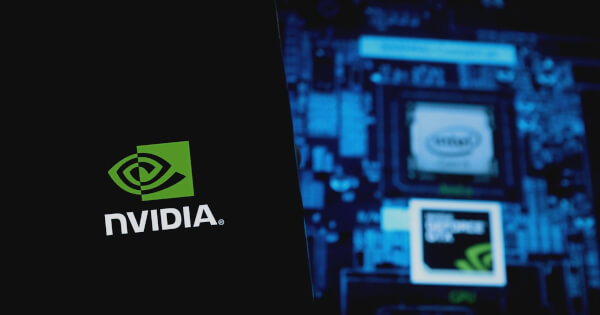Ted Hisokawa
Aug 08, 2024 13:53
Figure has unveiled its next-gen Figure 02 humanoid robot, utilizing NVIDIA Omniverse and GPUs for enhanced AI capabilities and autonomous operations.
Silicon Valley-based Figure has unveiled its next-generation Figure 02 humanoid robot, which leverages NVIDIA Omniverse and NVIDIA GPUs to perform fully autonomous tasks. According to the NVIDIA Blog, the Figure 02 model has been tested for data collection and use-case training at BMW Group’s Spartanburg production line in South Carolina.
Technological Advancements
Figure 02 is a significant upgrade from the initial version launched just ten months ago. The new model incorporates a second NVIDIA RTX GPU-based module, delivering three times the inference gains compared to its predecessor. This advancement facilitates handling fully autonomous real-world AI tasks. The company utilized NVIDIA Isaac Sim, a reference application built on the NVIDIA Omniverse platform, to design, train, and test AI-based robots using synthetic data.
Industry Applications
Figure aims to commercialize industrial humanoid robots to address labor shortages across various sectors. The company also plans to produce consumer versions. Brett Adcock, CEO of Figure, emphasized the rapid progress in speech, vision, dexterity, and computational power, which brings them closer to delivering humanoid robots for multiple industries.
Partnerships and Funding
Founded in 2022, Figure has partnered with OpenAI to develop custom AI models trained on NVIDIA H100 GPUs. These models enhance the robots’ conversational AI capabilities. The startup recently secured $675 million in funding from leading technology companies, including NVIDIA.
Deepu Talla, vice president of robotics and edge computing at NVIDIA, highlighted the importance of the NVIDIA robotics stack, from edge to cloud, in driving innovation in humanoid robotics. “Developing autonomous humanoid robots requires the fusion of three computers: NVIDIA DGX for AI training, NVIDIA Omniverse for simulation, and NVIDIA Jetson in the robot,” Talla stated.
Robotic Hands Capable of Handling Real-World Tasks
Figure 02 features new human-scale hands, six RGB cameras, and perception AI models trained with synthetic data generated in Isaac Sim. These capabilities enable the robot to perform high-precision pick-and-place tasks necessary for smart manufacturing applications.
Figure is among the initial members to join the new NVIDIA Humanoid Robot Developer Program, which offers early access to the latest tools and computing technologies for humanoid robot development. This includes the latest releases of NVIDIA Isaac Sim, Isaac Lab, NIM microservices (RoboCasa and MimicGen), OSMO, Jetson Thor, and Project GR00T general-purpose humanoid foundation models.
Image source: Shutterstock









